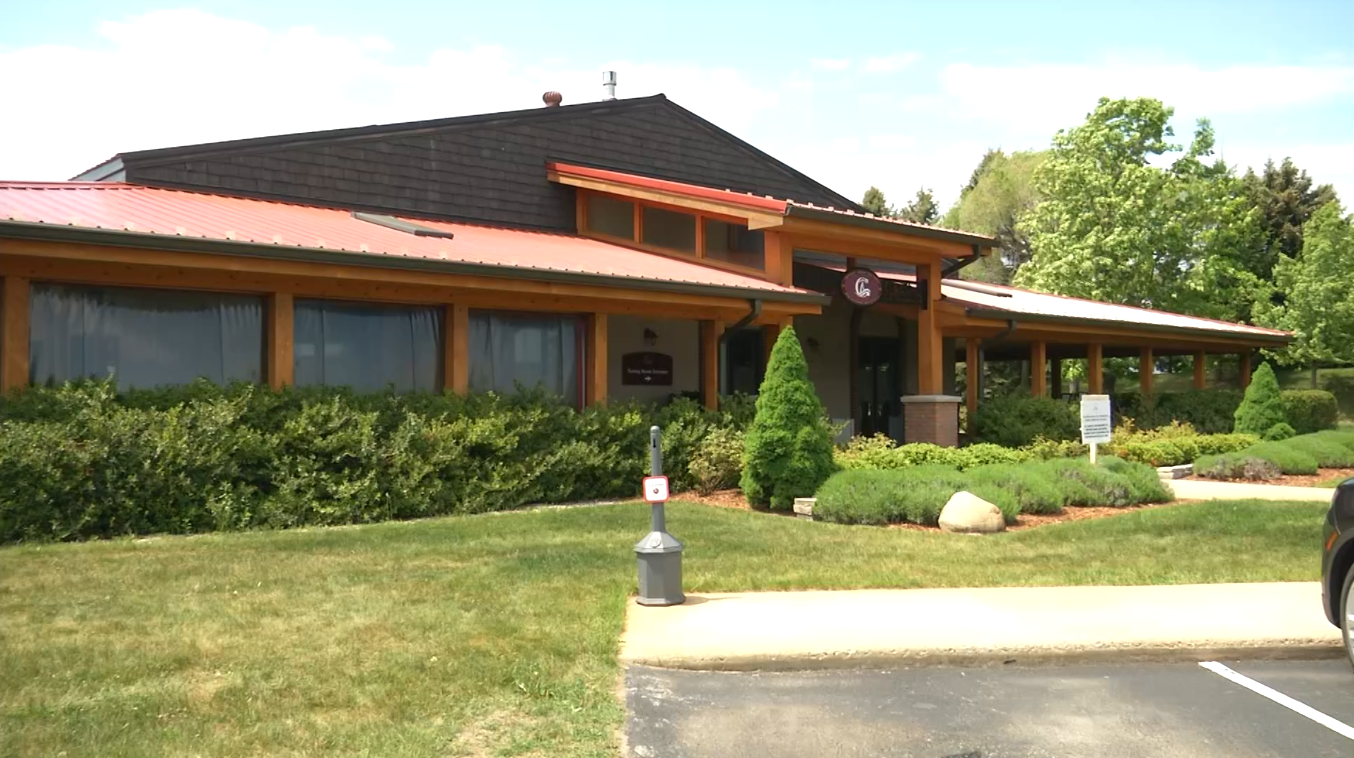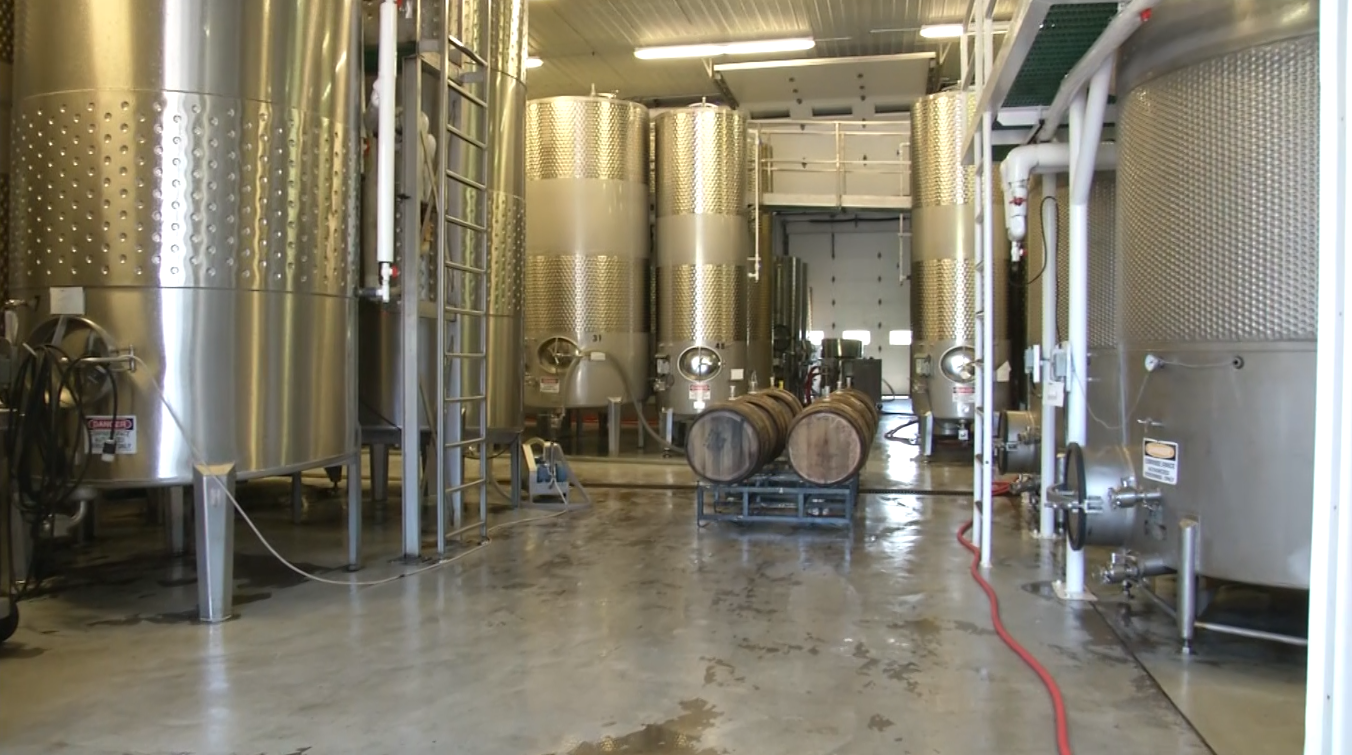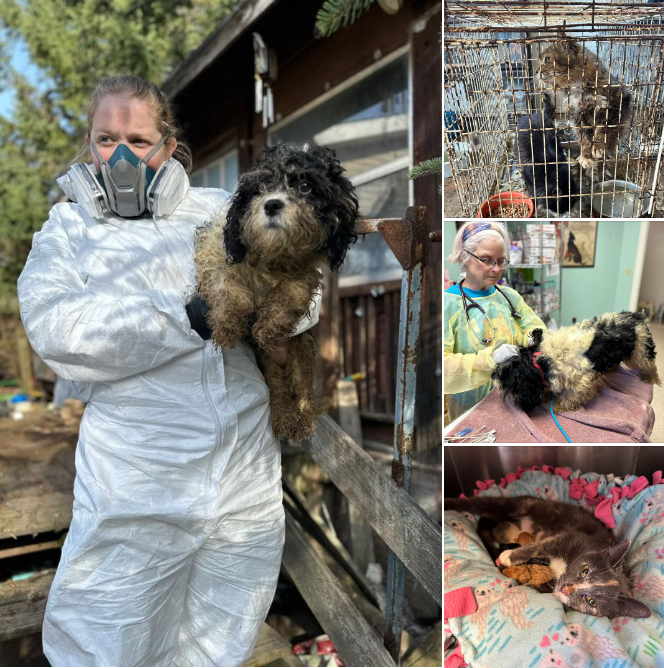For this week’s Brewvine, Whitney Amann and photojournalist Jeremy Erickson are taking us behind the scenes at to see how chemistry comes into play in creating their fantastic wines.
“We make all of our products from one crop harvested at one time during the year which is generally in October and that’s what we have to work with for the whole year,” said Eddie O’Keefe, president of Chateau Grand Traverse.
The wine makers at Chateau Grand Traverse only get one shot to get things right and that’s why they have to be meticulous in creating and caring for their wine.
“All the wines start in these tanks and we have 100 various tanks within the winery as well as 600 different oak barrels which are all individual components that we will ultimately make into wine,” said O’Keefe. “So each one of these tanks that might be let’s say riesling could also come from three or four fields from throughout the peninsula, so really each tank to be markedly different and then by picking the lab and tasting each individually and blending them together, we kind of develop our style from there. It’s pretty complicated.”
Once the grapes are picked, pressed, and put into tanks to ferment, the wine is then brought to the lab for testing and tasting.
“Up here, this is where all the trials happen so everything that happens each year we analyze,” said Kurt Berry, assistant wine maker. “Anything chemically that we need to know we can do up here and then from there we have the ability to mix and match and see how different things can come together.”
Right now they are evaluating a batch of wines from last year’s riesling harvest to determine how to turn it into the best product possible.
“So I essentially smell each one to see what kind of aromatics they bring out, see how it tastes, see how it evaluates and then from there, for example, this tank, really kind of has a really nice floral but also fruity aroma and it’s very thick with a mouthfeel so it’s a good base for the blend. So the ratio is going to be higher, and then I go on to the next one,” said Berry.
When they find the perfect blend, it goes to the cellar.
From there it’s just a matter of time before you see and taste it for yourself in the tasting room.
“So all those different beakers, all those different blends, all those different tanks, all those different vineyards, all those different days we harvested all work their way down to a finish good so it’s a long and drawn out process to the ultimate reward,” said O’Keefe.
© 2023 - 910 Media Group




